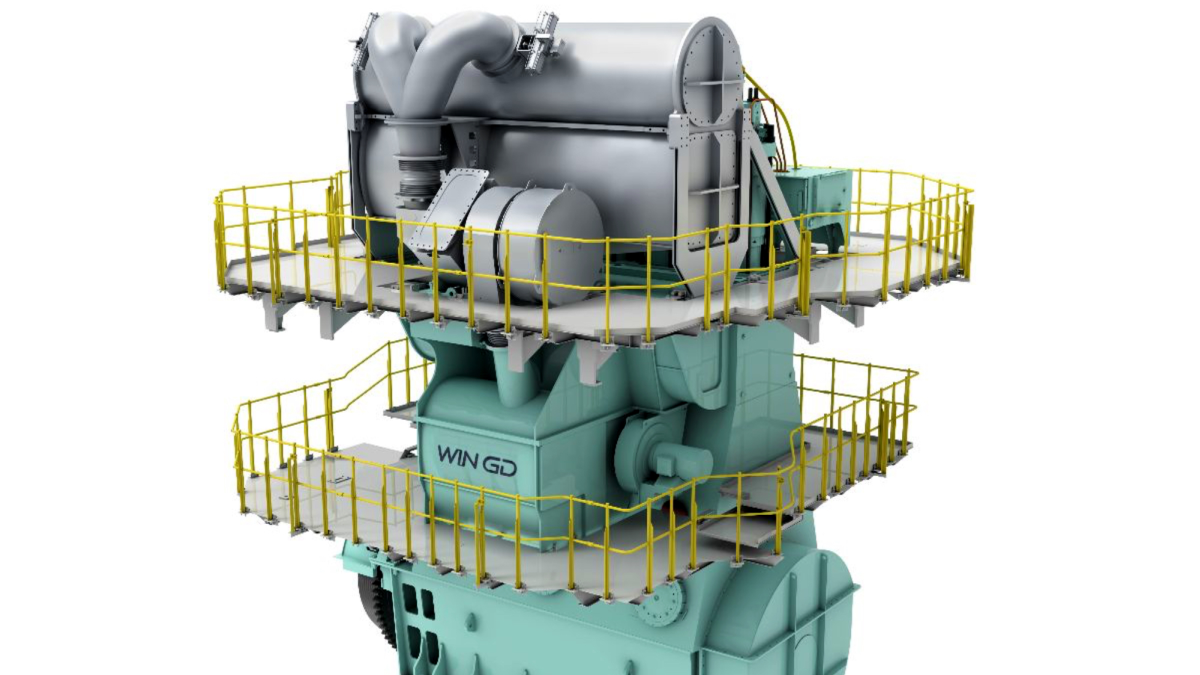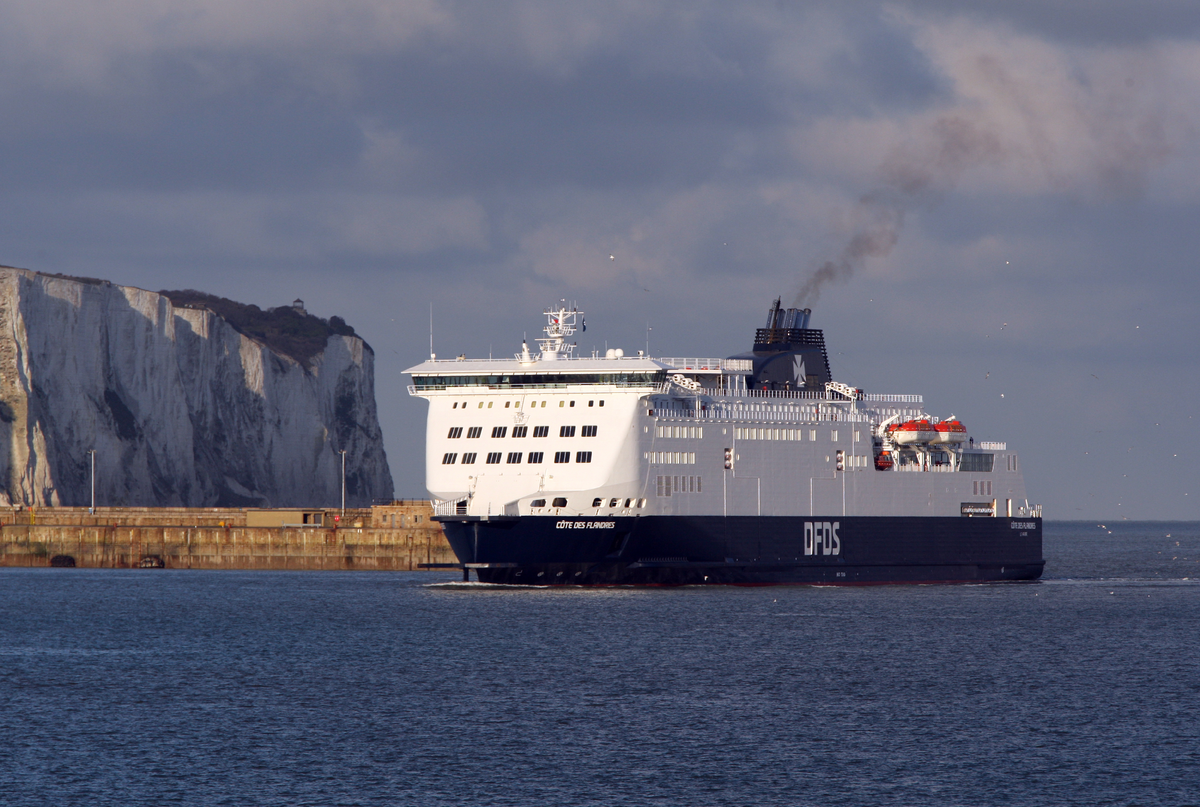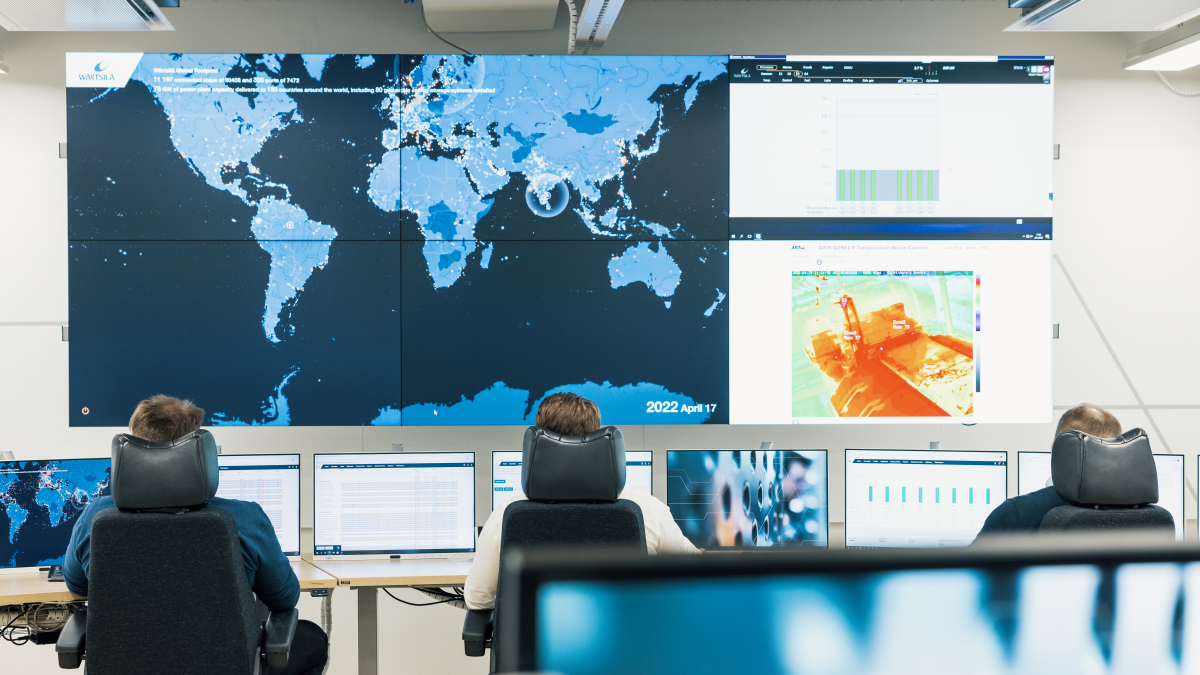Business Sectors
Events
Contents
Register to read more articles.
LNG as a marine fuel: not as naughty as you think
Fuel and engine experts detail the cost-effective compliance decarbonisation pathway of LNG, underlining its immediate GHG reduction benefits and advances in methane slip
Uncertainty about the availability of green ammonia and methanol, improvements in engine technology to mitigate methane slip and a clear long-term pathway to decarbonisation have generated renewed enthusiasm for LNG as a fuel.
“LNG is often portrayed as a naughty fossil fuel, but it does offer a compelling pathway to decarbonisation, which is probably more credible than ammonia and methanol,” said SEA-LNG chief operating officer, Steve Esau.
Presenting during Riviera’s webinar, LNG as a marine fuel: balancing emissions reduction with long-term decarbonisation goals, Mr Esau admitted that there is not a one-size-fits-all alternative fuel, noting, for example the long-term viability of hydrogen fuel in the short sea shipping segment.
But for deep-sea shipping, fossil LNG offers a 23% reduction in greenhouse gas (GHG) emissions on a well-to-wake basis, including methane slip emissions. Mr Esau noted the regulatory decarbonisation pathway with LNG is incremental, minimising compliance costs. Long-term, an owner using LNG would use drop-in liquefied biomethane or e-methane starting around 2040.
“With methanol and ammonia, you need to jump immediately to expensive green versions of those fuels,” he said.
“LNG offers a 23% reduction in GHG emissions”
A “complex cocktail” of emissions regulations from IMO and the EU — notably EU ETS and FuelEU Maritime — are driving the switch to alternative fuel-capable newbuilds.
WinGD general manager, application engineering, technical sales, Marcel Ott, agreed with many of the points made by Mr Esau. He said newbuilds using fossil LNG “can profit from reduced emissions from day one.”

WinGD, a leading enginebuilder, is fuel agnostic, producing two-stroke designs that can burn traditional marine fuels as well as ammonia, methanol and LNG.
Mr Ott cited data showing a surge of orders for methanol-fuelled container newbuilds between 2021-2023. This trend has reversed the last two years, with LNG once again dominating the container order book.
This is despite the higher capex costs associated with LNG-powered ships. Mr Ott noted LNG’s strong safety record, proven operational record, growing availability, maturing bunkering infrastructure and advances in engine platforms are underpinning the fuel’s uptake.
“Methane slip levels of 0.4-0.5% are feasible”
Engine technology breakthroughs, such as variable compression ratio (VCR) and iCER in WinGD’s new generation two-stroke, low-pressure X-DF engines, have significantly reduced methane slip, he said. Such technologies have enabled WinGD to reduce methane slip between 52-57% of all engine loads, addressing a chief concern among owners considering investing in alternative fuel-powered newbuilds. Methane is a powerful GHG with a GWP of about 28 on a 100-year time scale, according to the US EPA. He said methane slip in new-generation Otto-cycle LNG dual-fuel X72DF engines was 0.7% of gas consumption — significantly less than the FuelEU default factor of 1.7% of gas consumption. He believed with further technology optimisation, including refinements to the combustion chamber, methane slip levels of 0.4-0.5% are feasible.

Methanox co-founder and CEO, Patrick Cullen, said his UK start-up was developing a drop-in catalyst that would reduce methane slip from LNG dual-fuel engines. The methane oxidation catalyst would turn unburnt methane in the ship’s exhaust into CO2, a less powerful GHG gas.
Mr Cullen said Methanox catalyst technology would allow owners to save on compliance fees.
Citing data from a report by Lloyd’s Register, Mr Ott said LNG offered a cost-effective option for FuelEU Maritime compliance for an ultra-large container ship. He said LNG had the lowest overall cost for 2025-2050, about 10% cheaper than ammonia and 30% less than methanol.
Mr Ott concluded that an LNG-powered vessel “ordered today is expected to be very competitive with other types of fuels and to provide the lowest overall cost over the lifetime of the vessel.”
LR report: resurgence of LNG-fuelled newbuild orders
A report by a leading class society highlights a resurgence in orders for LNG-capable newbuilds, driven in part by the fuel’s cost-effectiveness to meet tightening international and regional emissions regulations.
Fuel for Thought: LNG, published by Lloyd’s Register, shows an expanding fleet of LNG-capable vessels, and a rapidly growing bunkering infrastructure. According to LR, there were 1,381 LNG dual-fuel vessels in service as of December 2024 and a further 849 on order — representing a 61% fleet expansion. Currently, 14% of all vessels on order will have LNG dual-fuel engines installed, says LR.
Among the fuel’s strongest proponents are container ships and car carriers.
Clarkson Research predicts that the LNG-fuelled fleet (excluding gas carriers) will grow to represent around 24% of the merchant fleet by 2050.
LR global gas segment director, Panos Mitrou, said: “As regulations emerge that place a real financial impact on greenhouse gas emissions, ship operators are realising that LNG is one of few low-carbon fuels to be available immediately, widely, with established safety protocols and at relatively predictable cost.”
An economic analysis in the report indicates that with IMO mid-term measures within the projected boundaries, LNG remains the most cost-effective fuel choice for foreseeable transition pathways up to 2049. LR’s modelling suggests that LNG-fuelled vessels could generate substantial compliance savings compared to ships running on very low sulphur fuel oil, with additional benefits from regulatory mechanisms such as pooling.
However, the report cautions that LNG’s long-term sustainability depends on tackling methane slip — unburned methane emissions that reduce its overall GHG advantage.
While LNG can provide immediate emissions reductions, its ability to meet stricter targets in the 2040s will depend on advances in cleaner LNG production, particularly through biomethane and synthetic e-LNG, as well as the development of onboard carbon capture technologies.
Related to this Story
Women in Maritime Today: Elin Saltkjel says no day working in maritime is dull
Events
Maritime Environmental Protection Webinar Week
Cyber & Vessel Security Webinar Week
The illusion of safety: what we're getting wrong about crews, tech, and fatigue
Responsible Ship Recycling Forum 2025
© 2024 Riviera Maritime Media Ltd.














